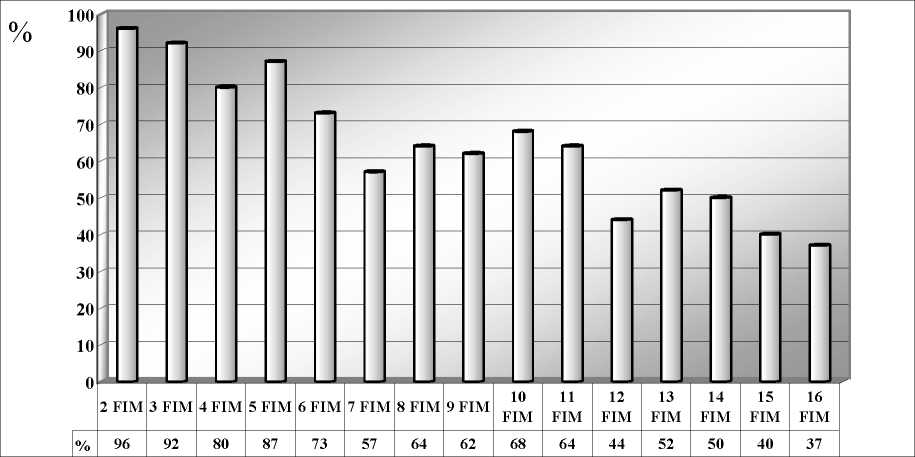Table 1. Reasons for zero-WTP.
|
Reasons mentioned for zero-WTP |
Number |
% |
|
Present labels guarantee the safety and quality |
305 |
35 |
|
Cannot afford on higher prices |
197 |
22 |
|
Labelling guarantees nothing |
120 |
17 |
|
Not enough information |
110 |
13 |
|
Vegetarian or eat beef rarely |
34 |
3 |
|
Do not care |
30 |
3 |
|
Other |
34 |
4 |
|
Total of reasons mentioned |
894 |
100 |
|
Total of the zero responses |
679 |
41 |
|
Total of the positive responses |
961 |
59 |
|
_____Total of respondents_______________________________ |
_______1640 |
________100________ |
In our study two different methods are employed to elicit consumers’ WTP for information
provision about beef safety and other quality attributes. In the dichotomous choice (DC) method
consumers choose between “yes” or “no” to valuation questions. We also used polychotomous choice
(PC) where respondents are given a multiple choice. The rationale behind the PC method is that it
provides more information to the researcher than does the DC question because more can be learned
about the intensity of a consumer's intentions towards the scenario. Results are presented in figure 2
and 3.

Figure 2. Percent of positive answers to bid ranged between 2-16 FIM.
The "yes"-respondents, i.e. 59% of the sample who were willing to pay a higher price for beef in
order to receive additional safety information, were offered a sum, which varied between FIM 2-16
per kg of beef. They were also provided the information stating that the average prices for ground beef
and roast beef were FIM 33/kg and 50/kg, respectively. 50 % of the total respondents were willing to
pay at the maximum FIM 14/kg more for beef in order to receive additional safety information from
beef (Figure 2). However, PC question indicated less WTP than DC questions (Figure 3).
More intriguing information
1. Valuing Farm Financial Information2. Policy Formulation, Implementation and Feedback in EU Merger Control
3. THE WAEA -- WHICH NICHE IN THE PROFESSION?
4. Eigentumsrechtliche Dezentralisierung und institutioneller Wettbewerb
5. Pupils’ attitudes towards art teaching in primary school: an evaluation tool
6. The name is absent
7. Determinants of Household Health Expenditure: Case of Urban Orissa
8. The name is absent
9. The name is absent
10. Empirical Calibration of a Least-Cost Conservation Reserve Program